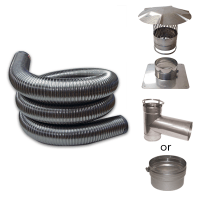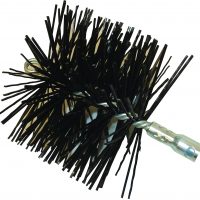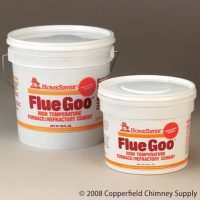Nature is packed with all kinds of immeasurable power. One of the more intimidating forces of nature is in the form of geothermal energy. Also known as the heat underneath the earth, this form of energy is mainly responsible for the movement of tectonic plates (which causes earthquakes and land displacement, just to name two) and is also responsible for volcanic eruptions. While this form of energy can be unpredictable and destructive, that doesn’t mean that humans have not been able to use this power to their advantage. One of the oldest applications of geothermal energy in civilization is the use of residential geothermal heating and cooling.
The technology may sound new to you, but the fact is, residential geothermal heating and cooling systems have been in use for centuries now. In fact, the first recorded use of geothermal energy for heating purposes dates way back during the Paleolithic era, so the technology itself is not all that new. But it is so effective that homes still use this method of producing heat up to this day. In fact, geothermal heat is also used in different applications, ranging from hot springs to energy production. However, for the purpose of heating and cooling, geothermal energy is utilized with the use of a geothermal heat pump.
What is a geothermal heat pump? As said earlier, this is the primary apparatus used to provide residential geothermal heating and cooling. It can both provide extra heat during the cold months and provide cooling during the hotter months. This dual purpose makes these heat pumps so popular. In a nutshell, a geothermal heat pump works by “pumping” heat from a warmer gradient to a cooler gradient. During the colder months, the ambient temperature on the house is lower than that of the ground, so heat is extracted from the ground to the house. In contrast, during the warmer months, heat is dissipated from the house to the colder ground. In an energy use standpoint, this system is a very efficient one, as it takes less energy to transfer temperature from a warmer space to a cooler space.
There are different types of residential geothermal heating and cooling systems around, and each of these types are most effective when used in a certain situation. If you are not quite sure, make some research about the different types of heat pumps. Once you have selected your pump, it is now time to install it. Installation should be done by a professional as an improperly installed heap pump can result into inefficient function, not to mention additional costs due to damage resulting from bad installation.
You must ask yourself now, is a geothermal heating and cooling system best suit my home? The answer to this is a resounding yes. When installed properly, it will allow you to save a huge amount of money from electricity bills. In addition, since geothermal power is both renewable and clean, this is a very green option for client control. Based on all these factors, a residential geothermal heating and cooling system is going to be your best option for climate control for your home.






